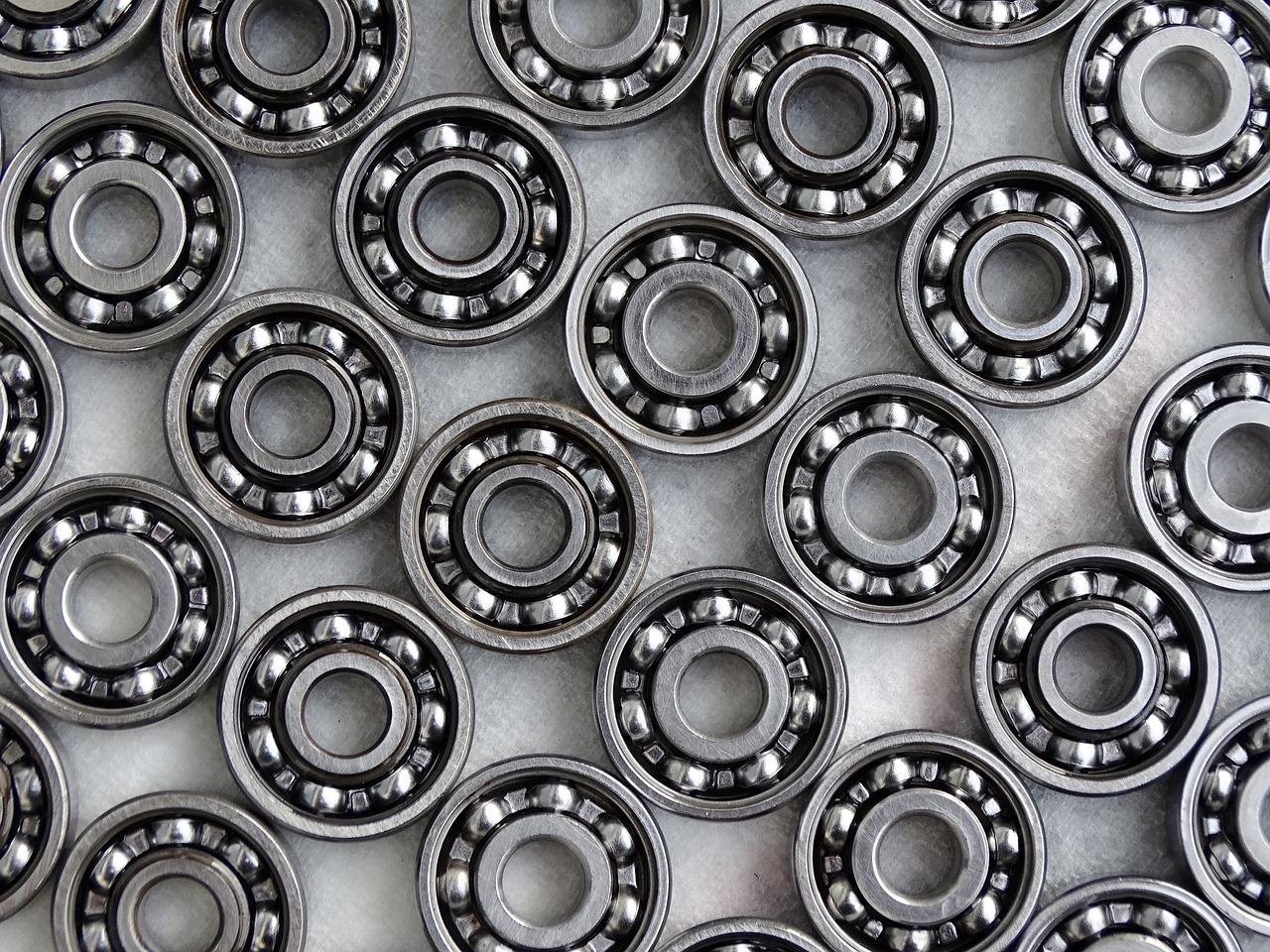The wheels of a bicycle or vehicle run freely since they are detached from the axle of the wheel by a ring containing ball-bearings. Needless to say, the wheel turns easily for the reason that the ball-bearings fit precisely between the axle and hub of the wheel with no space to move about but, of course, to revolve. It is this revolution that keeps the abrasion to a minimum, plus consequently makes the wheel turn slickly. When it comes to the handling thrust and radial loads of slight applications, Ball Bearings are the most prevalent mechanical elements that are employed. Ball Bearings are best utilized to decrease rotational friction while supporting loads.
The most generally utilized Ball-Bearings comprise Angular Contact, Deep-Groove, and Axial. They are completed from numerous different materials such as stainless steel, chrome steel and at times ceramic. Axial Ball-Bearings employ side-by-side races to transfer the load straightforwardly. The angular Contact Ball Bearings are typically used in support of combined loads in both axial and radial directions. Deep-Groove Bearings are capable of supporting higher loads owing to the race measurements that are close on the bearing balls inside.
Classifications of Ball-Bearings Based plus Load Handling abilities
Ball bearings are characteristically categorized into three inclusive general classifications reliant on the direction of the weights they are meant to come across (axial, radial or amalgamation of each load correspondingly) counting:
-Thrust Ball Bearings – primarily axial loads
-Radial Ball Bearings – primarily radial load
-Angular Contact Ball Bearings – a mixture of axial and radial loads
Not Every Ball-Bearing is a “Radial” Ball-Bearing
Majority of the ball-bearing elements are radial ball bearings; though, there are other sorts of bearings that utilize balls as their rolling component which aren’t categorized as “radial” ball-bearings. These comprise:
-Linear Way Bearings
-Linear Bushing Ball-Bearings
Purpose of ball-bearing and bearing references
The principal objective of a ball bearing is to diminish friction in a spinning axis – for instance, between a motionless shaft and a constituent (like a wheel) revolving about that shaft. The more detailed the interior geometry of a bearing is, the lesser the friction shall be. Friction shall likewise be affected by the rapidity of rotation, load, lubrication plus other issues. Lubrication is such a significant matter and a topic in its own right. Also precision ball bearings, precision bearings must have ABEC rating, as an example.
The primary ball-bearings shall take care of both axial and radial loads; nonetheless as the contact point with the raceways and the balls are tiny there is substantial pressure generated; consequently loads ought to be limited in order to circumvent destruction to the raceways or balls. Ball bearings are as a result better well-matched to the lower load applications. Roller form ball-bearing designs overcome such limitations, however. Ball bearings are tiny, yet one of the most critical mechanisms of a diversity of the everyday used gadgets – from vehicles and bicycles to industrial machinery and farm equipment. These devices for friction reduction imply smooth running for the globe’s machines.

